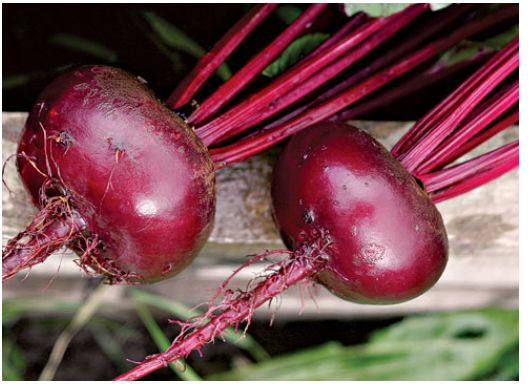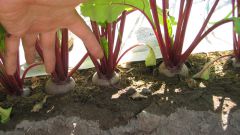1. Choose a place for planting. The beets are thrown in two ways: seedling and nonseedlings. Very often sowing seeds in the land gives a better harvest. You can plant out a vegetable like someone friendly. In the shadow of beets can not grow, it likes a warm Sunny place. Very often it is planted on the edge of the beds with other vegetables, it is in no way bothers to grow any beets nor its neighbors.
2. Thinning.If you want to grow a good harvest, thinning beets is a necessary condition. Although there is no denying that this work is very time-consuming, but again, without this in any way. Even rarely planted beets gives three shoots from each seed, so is the seeds of this root. The average distance between plants should be 10 centimeters.
3. Acidity. The color of beets, as well as its size, depend on the acidity of the soil. If beets are small and dark, or not grow up – this means that the soil is acidic and needs to deoxidizing. For this we need to add the land of dolomite flour. By the way, many vegetables don't like overly acidic soil.
4. Feeding. Beet loves minerals. Most of all she needs sodium. You can use fertilizer "Magbar" with increasing root. Good result also gives the potassium salt. About twenty different trace elements contains ash, so gardeners should not forget about feeding beet it. For beet cultivation it is not necessary to add to the soil nitrogen, as it grows, the green of the vegetable, and not a vegetable.
5. The crop rotation. If the vegetable does not produce the desired harvest, you must follow rotation. Root is effective to be planted after the carrots, cucumbers, zucchini and pumpkins.
If attempts to achieve high beet harvest remained futile, it is possible to take the earth for analysis in laboratory.

